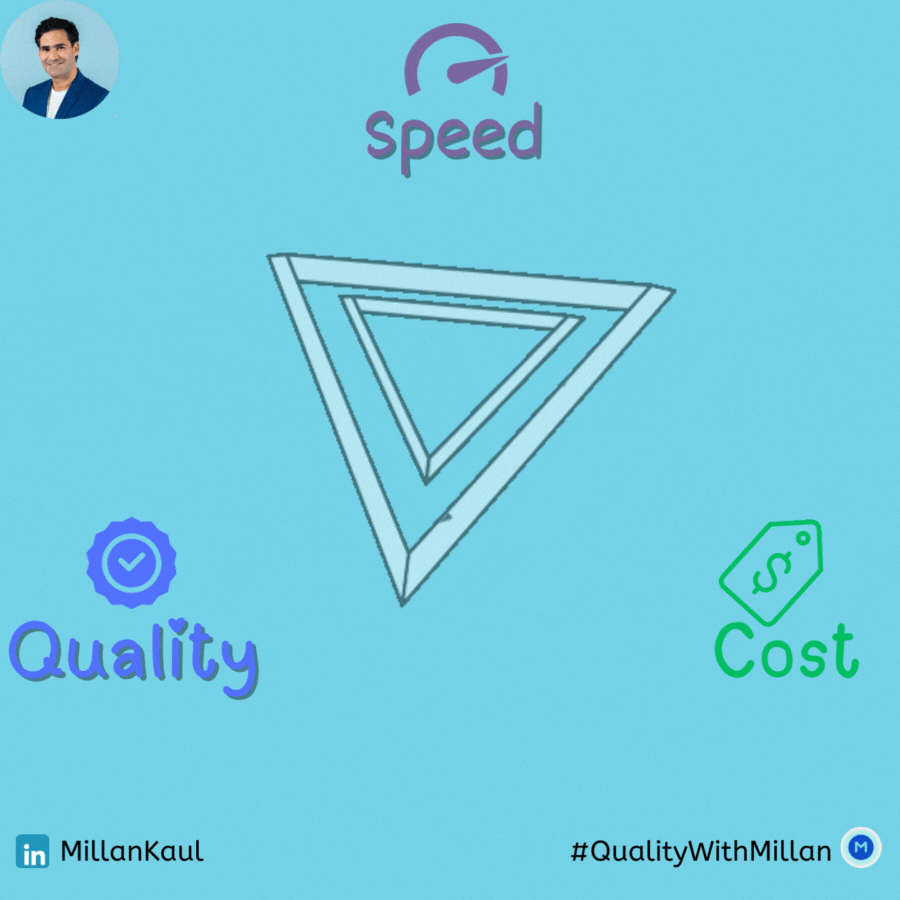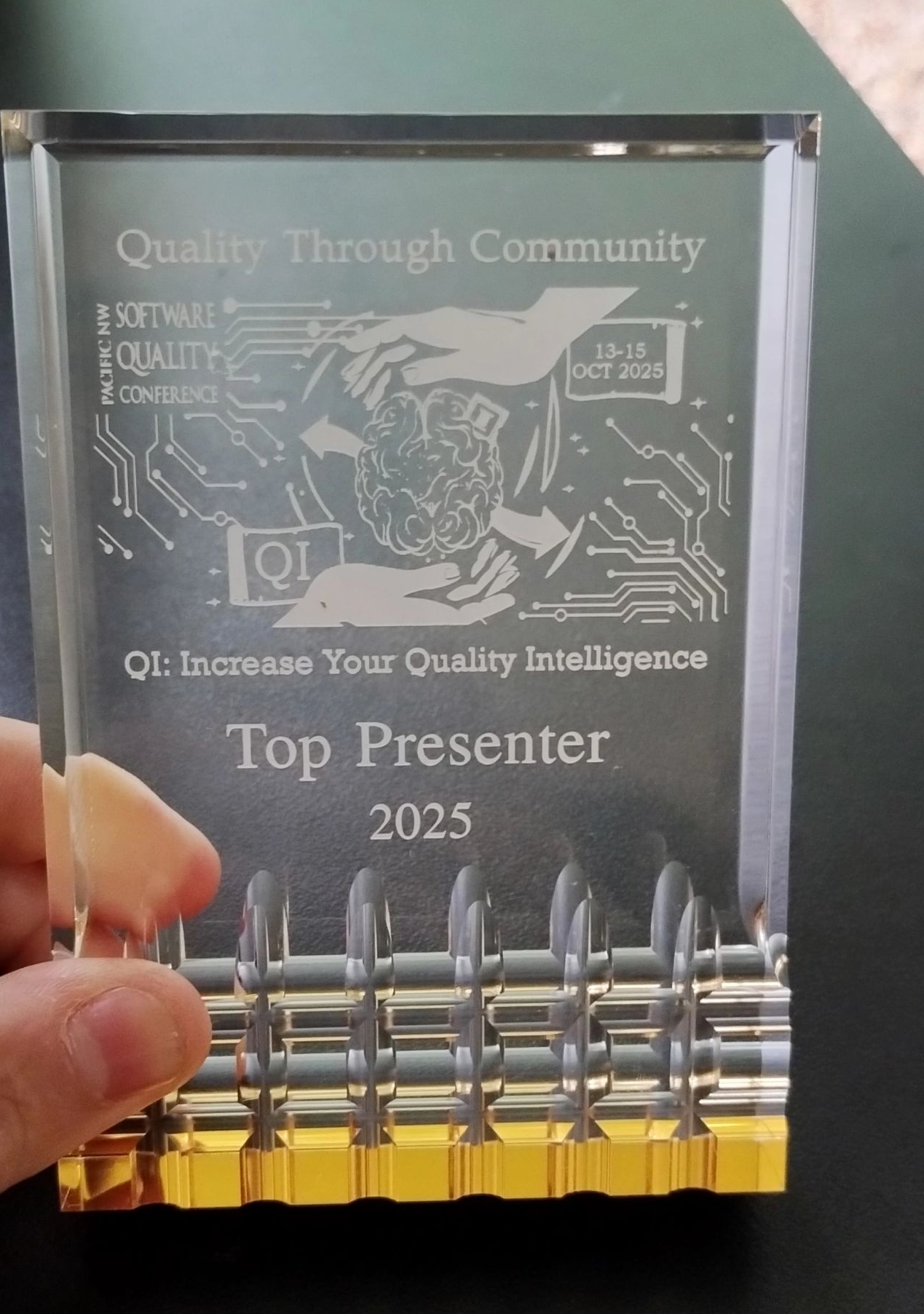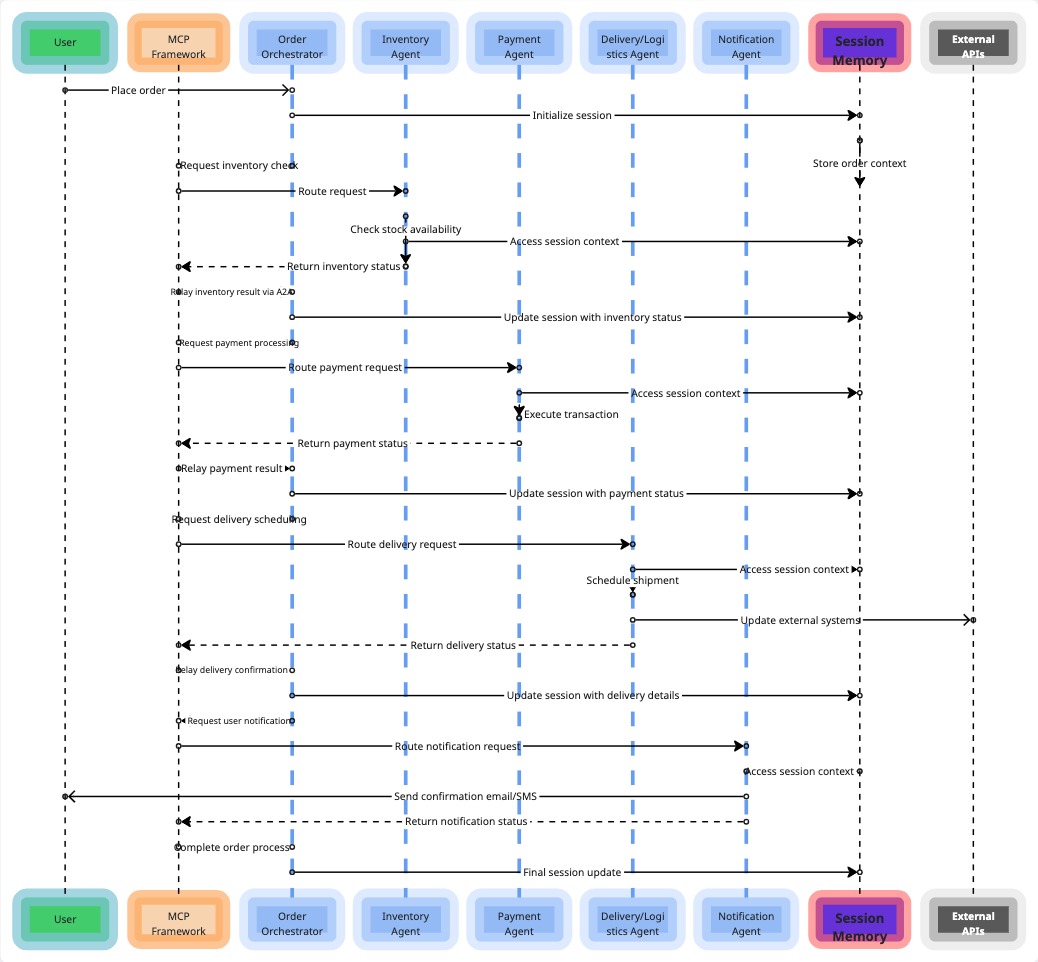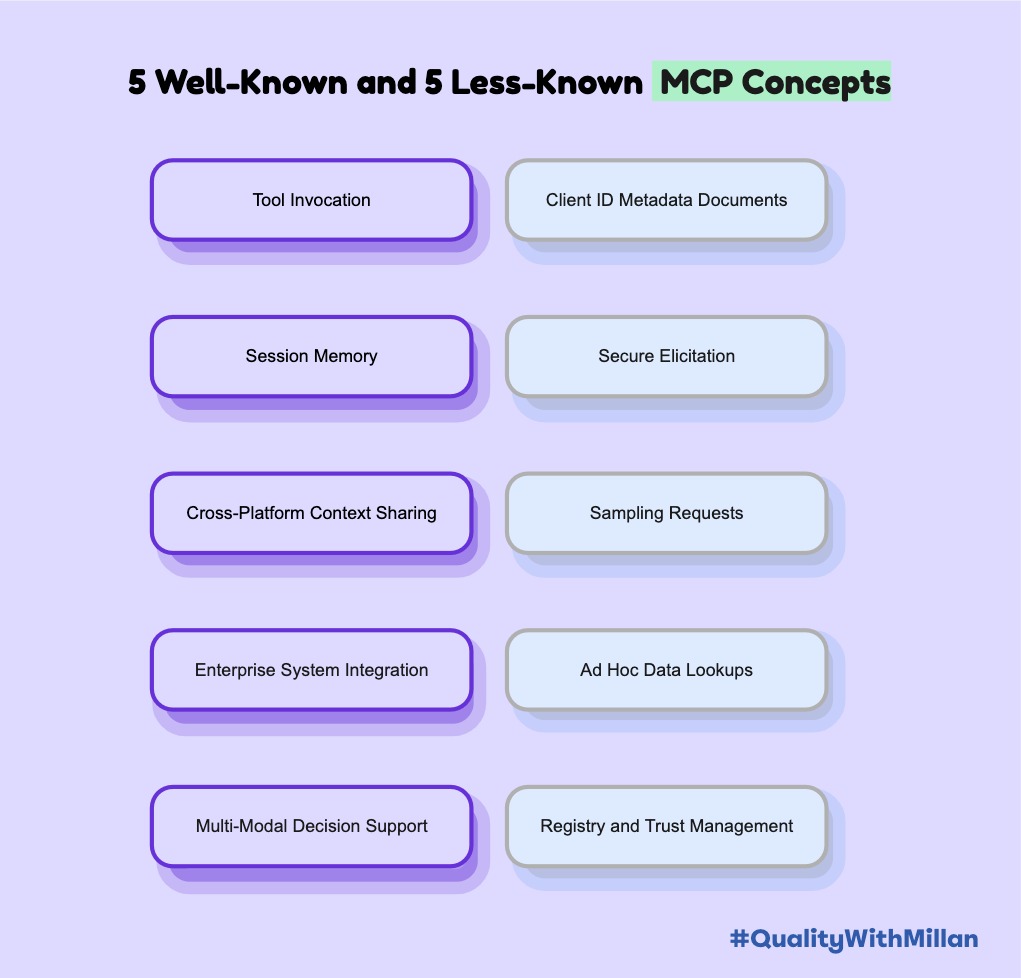Choosing between : Speed, Quality, Cost - in Test Automation
Written by - Millan Kaul
In the world of test automation, teams often have to make the difficult choice of focusing on two out of three aspects:
- 🚀 Speed
- 👌 Quality
- 💰 Cost
Achieving all three in balance is an attractive goal, yet incredibly challenging, especially with tight deadlines and limited resources ( here by resources I mean : Tools, Technology, Skill’s etc..)
Let’s explore the different combinations, why balancing all three is nearly impossible and how a long-term vision can bring us closer to that ideal.
“Quality is never an accident; it is always the result of intelligent effort.” – John Ruskin

The Three Choices: Why Not All Three? 🤔
When teams attempt to achieve speed, quality and low cost all at once, they often stretch themselves too thin, resulting in suboptimal results in each area. While the end goal of balancing all three is commendable, limited resources and unrealistic timelines often hinder these efforts. As a result, teams may ultimately fail to meet any of the objectives effectively, particularly when the pursuit lacks a strategic, long-term approach.
Combination 1: Speed + Quality (Higher Cost) 💰
Prioritizing speed and quality can yield robust results in a short time, but it often comes at a financial cost. When speed and quality are prioritized, automation tools and resources, such as high-end testing environments and skilled testers, require a significant budget.
Example: Consider a software development team launching a new mobile app. By investing heavily in advanced automation tools and a dedicated testing team, they can meet quality standards and deliver in record time. However, the costs might be unsustainable long-term, making this a viable choice only for critical projects.
I have delivered 5+ mobile apps and this has happened in almost 3 of them. Yes, I was able to deliver high quality app with my team ( 4.7+/5 star on app/play store) as that mattered to the brand and cost was a short term issue.
Combination 2: Speed + Cost (Lower Quality) 🤒
Choosing speed and low cost often means sacrificing quality, as there is limited time for thorough testing. This approach typically leads to minimal test coverage and can overlook critical errors, impacting the end-user experience.
Example: A startup aiming to quickly release new features might opt for a lean testing approach to minimize costs and speed up delivery. However, without rigorous testing, there’s a higher risk of bugs affecting the product. That could hurt user satisfaction and lead to more expenses in the future.
I have been through this too ( feature deliver over quality)
Combination 3: Quality + Cost (Slower Speed) 🐌
When quality and cost-efficiency are prioritized, delivery timelines are extended to allow detailed and comprehensive testing. This is common in regulated industries, such as finance or healthcare, where thorough testing is necessary to ensure safety and compliance.
Example: A healthcare software provider may allocate limited resources but dedicate significant time to testing each feature meticulously. This approach ensures that the software meets stringent regulatory requirements but results in a longer time-to-market.
Think of next spaceX rocket rocket launch.
Why teams may Fail when pursuing all three at once?
Teams frequently fail in test automation when attempting to achieve speed, quality and low cost simultaneously, often due to limited time and resources. This approach tends to :
- Dilute focus
- Stretching teams too thin and
- Often leading to quick-fix solutions that do not align with sustainable quality goals.
Attempting to achieve all three at once without a clear, long-term strategy ultimately impacts productivity and reduces the overall effectiveness of testing.
We still need all 3, can we ?
Okay… let’s cover that as well.
Getting close to achieving all three: The long-term Vision 🎯
While achieving a perfect balance is unrealistic, teams can approach it by adopting a long-term vision focused on continuous improvement and strategic investment in automation.
- By building a reusable automation framework
- Leveraging modular testing and
- Automating critical paths, teams can increase efficiency over time, gradually reducing costs and maintaining high-quality standards.
“Vision without action is a daydream. Action without vision is a nightmare.” – Japanese Proverb
With the right approach, it’s possible to get close to balancing speed, quality and cost in test automation, if teams can build a foundation for sustainable success in testing, achieving a balance that works over time.
Want to learn more❓
Follow Quality With Millan or Share it on LinkedIn




